There is a definitive importance in embedding oneself in subject as an artist and photographer. This does not only create ideal image making opportunities, but cultivates a relationship that produces a clear level of authenticity. For the better part of 20 years, Michelle Keim has done just this as she continues to investigate varied subjects that comment upon beauty, power, and masculinity. The COMP Magazine recently caught up with Keim at Conviction Fitness in Chicago to discuss her ongoing investigations, her transformation from photographing static to fluid subjects, the importance of training with professionals, and why the ring is not necessarily a place purely for the boys.
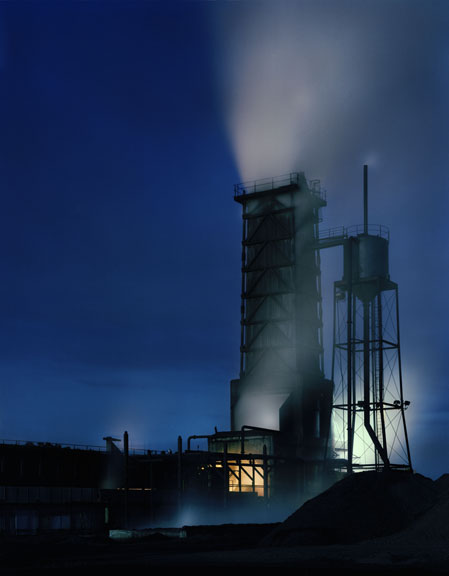
Michelle Keim, Quenching Tower, 1998
Much of your early work, Iron Beauties, was made in and around industrial sites in the Midwest at night. This effort culminated in a remarkably sublime photobook. In recent time, you have shifted your focus to fighting. You identify three links between these two bodies of work: beauty, power, and masculinity. Can you perhaps expand on this analysis?
Factories and fighters may be pretty different subjects, but I find content-wise they really present the same concepts. Power, Beauty and Masculinity. Plus the thrilling and the terrifying. Mike Tyson was once referred to as a “terrible beauty” for his boxing style which was astonishingly powerful, effective and gorgeous to behold but absolutely brutal for the many opponents he destroyed. That’s the very thing I’m interested in. Sublime beauty. Something pleasing while unsettling, beauty with the threat of harm.
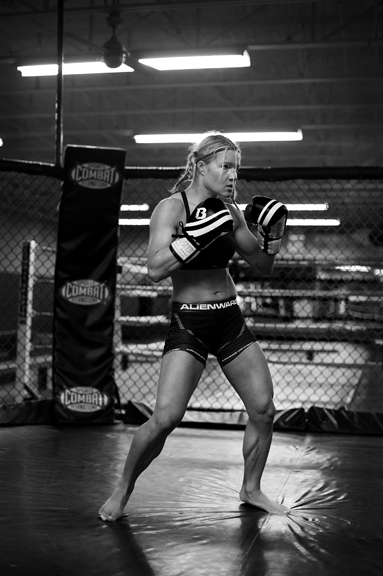
Michelle Keim, FIGHT, Felice training, 2015
Though there has been a growing female presence, more often than not, people tend to associate full contact sport as being an “all” boys club. What drew you to this culture?
I like men and I’m interested in masculinity. Just about everything I’ve ever been very drawn to has been male-dominated. Motorcycling. Industry. Welding. Fighting. Photography. It’s not really manliness that I’m interested in, although I like that too. It is more about strength and about finding grace in what is also sometimes dangerous or dreadful. Specifically I like the tension of potential: the way a storm rolling in is so gorgeous and terrifying at once because we don’t know for sure what will happen. That ethereal beauty might churn up something that could level our neighborhood. Industry for me is so clearly a rival to nature in terms of simultaneous potential for human harm and reverent beauty. That same dichotomy exists on a less grand scale (physically that is, not emotionally) with masculinity. Training with men I have found out first hand that evolution was not fooling around. Men are strong. Average somewhat flabby men are stronger than me regardless of my training regiment. Men walk around with a lot of potential in their bodies. The soft, bulbous mounds of muscles that are so pleasing to my eye represent a power that could crush me with little effort. Women are powerful, too, of course, and a whole other conversation could happen about women and masculinity and fighting.
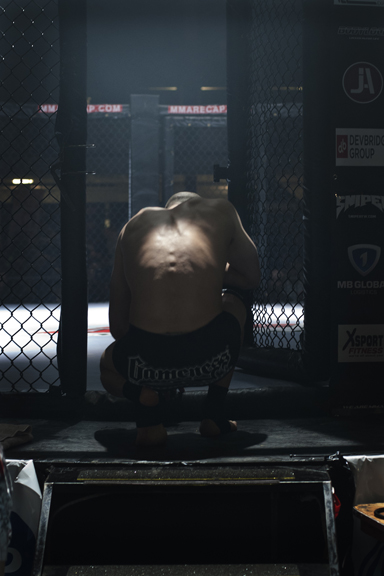
Michelle Keim, FIGHT, Prayer, 2014
Your FIGHT photographs go beyond being merely documents. You are an active participant. You regularly train and have sparred with some of your subjects. How does this intimate contact inform your investigations?
Looking back, I guess I’ve always had a tendency to immerse myself in my work. For the industrial work I actually moved to Chicago to be near Gary, Indiana and surrounding industrial areas. To feel closer to industrial technology I learned how to cast bronze and iron, and became handy in most forms of welding (I mig welded angle iron to frame my photographs). I made friends in the steel mills, married a German tool and die maker and bought a motorcycle during that era. My fashion aesthetic at that time was steel toe boots and blue-green welding shirts.
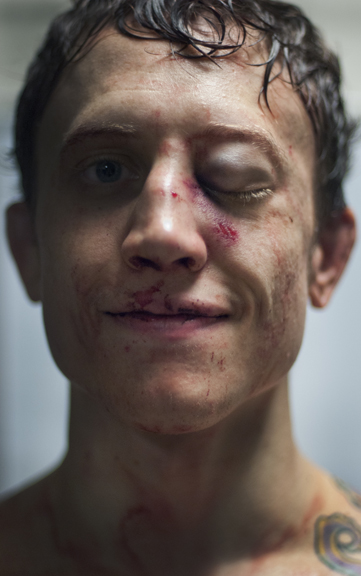
Michelle Keim, FIGHT, Michael at XFO, 2013
It’s the same with the fight work. I ran into this martial art called Muay Thai five years ago and it simply gripped a hold of me. It’s become a very large part of my identity because I love everything about it: endorphins and (satisfied) exhaustion, yellow boxing gloves and flashy Muay Thai trunks. I love being sweaty and coming home with bruises. Some may call this tendency obsession. I think they’d be right. But, don’t most artists inherently have some version of this quality?
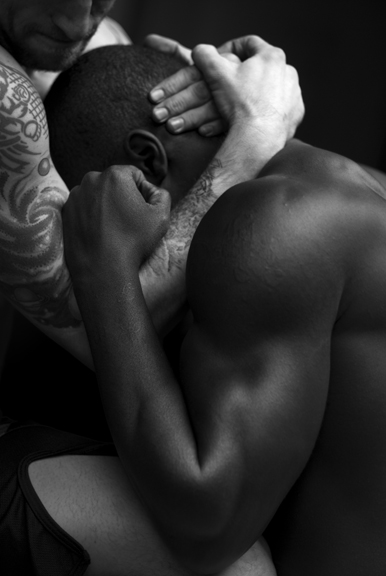
Michelle Keim, FIGHT, Clinch Wayne and Jason, 2014
What I have found out is that making photographs of people in the fight world (vs. factories) is that it is definitely a collaboration. I invest a lot of time and emotion into developing relationships with fighters. That said, most of the time it is pretty effortless for me to connect because I understand that visceral urge to fight. These are my people. I trained for 3 years before it ever even occurred to me to photograph my team mates. I’m a privileged insider because fighting is a large part of my life. In addition to training I have become a social media photographer at the largest local fight organization, XFO MMA. This, first of all, allows access to all kinds of faces in the fight world. But more than that it expands my friendships in the fight community which is by far one of my favorite parts of this whole thing. Fighters are a generally very loyal and supportive group of people. The whole long process of preparing for and being in a fight creates a very strong bond between people. It is emotionally gratifying just to be a part of all of this.
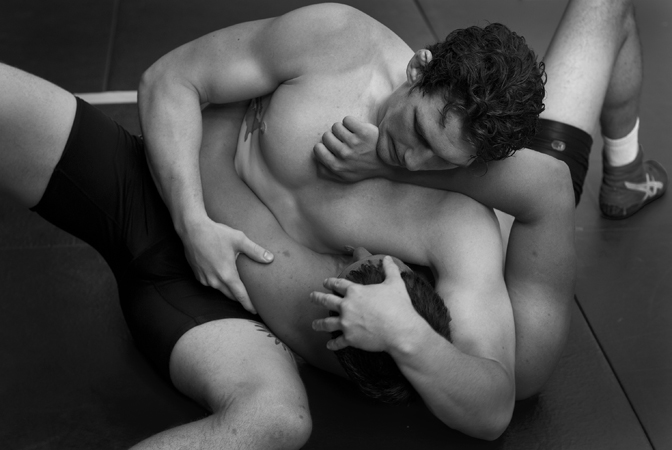
Michelle Keim, FIGHT, Beale brothers wrestling, 2014
Can you share with us an overview of your weekly workout? How often are you in the gym? How many pull-ups can you do?
Before I found Muay Thai going to the gym was just never on my radar. I had been overweight and a sort of typical bad-at-sports-art-type my whole life. I used to weigh 200 pounds. Now, I’m 135-140 pounds and during normal times, I’m at the gym a minimum of 3 times per week —- and always trying to figure out how to squeeze in more! When I was training for my amateur fight debut (that never happened), I trained at least 6 times per week for 6 weeks. I did as many two-a-days as I possibly could. That was pretty time consuming when you factor in all the changing of clothes and showers and meal planning. And very life consuming when you add up the hours spent worrying about technique and strategy and opponent and getting pumped up watching fight videos on YouTube. When I’m in shape, I can do a bunch of push ups and side kicks but I’m not sure whether or not I could squeeze out any pull ups at all! I’ve never trained for those.
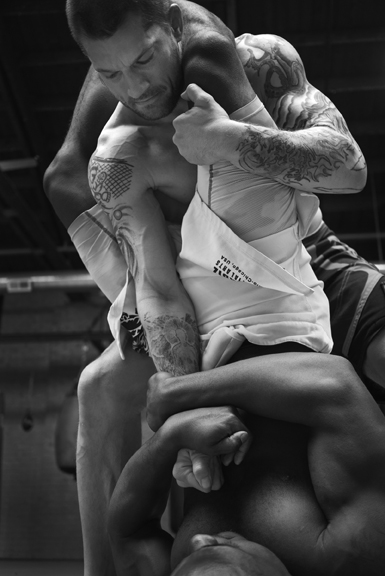
Michelle Keim, FIGHT, Armbar Jason and Wayne, 2014
What is your goal as a fighter?
That is the big question at the moment. Taking a fight is physically demanding, but by far and away it is a psychological experience. All this training should be culminating into the obvious goal of a fight with another woman roughly my size and with a similar amount of experience. I’d love for that to happen but I’m between trainers right now, so the future is unclear. Even though you step into the ring by yourself, the team behind you is a great big deal. Right now the guidance and emotional support is just not there.
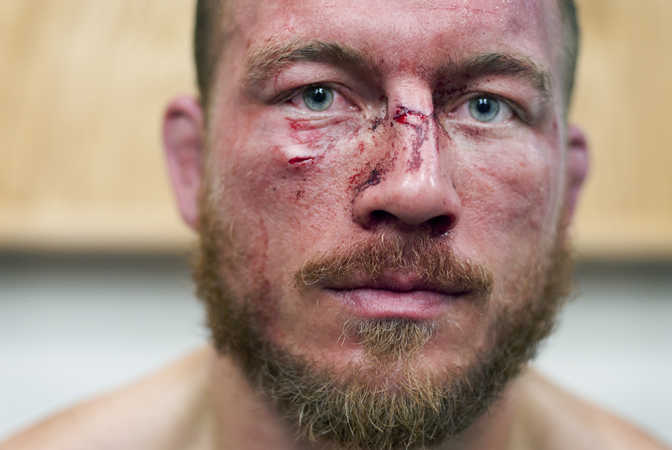
Michelle Keim, FIGHT, Anthony, 2014
As the FIGHT project develops have you identified any specific goals for presenting this material?
The fight work is a natural for social media and editorial outlets. For about a year I’ve been doing the social media photography for XFO MMA, and I’ve published at Fightland (Vice) and helped a number of high profile fighters promote their bouts. That’s all very fast-paced and exciting – and I love it! – but now I’m ready to take some time to go back to my fine art roots and print this work. I’m ready to take on the monster task of sorting through the many thousands of fight files and pick out the cream at the very top and try to make gorgeous, drool-enducing prints of the most meaningful images. I’d like to find a gallery that has the right vibe and showcase this work. I’m imagining my art world and my fight world colliding on opening night. What a fun and unforgettable opening reception that will be.
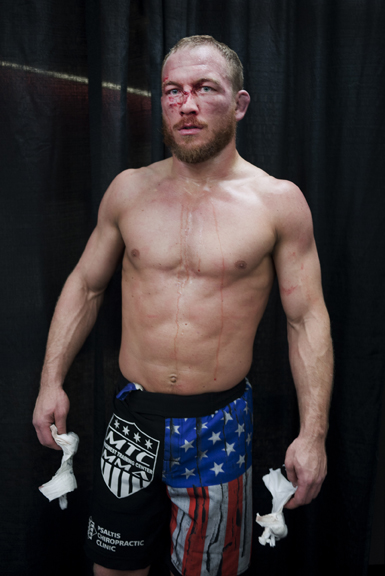
Michelle Keim, FIGHT, Anthony at XFO53, 2014
For additional information on the work of Michelle Keim, please visit:
Michelle Keim – http://www.michellekeim.com
Vice Magazine – Fightland – http://fightland.vice.com/tag/Michelle+Keim
Additional works by Michelle Keim:
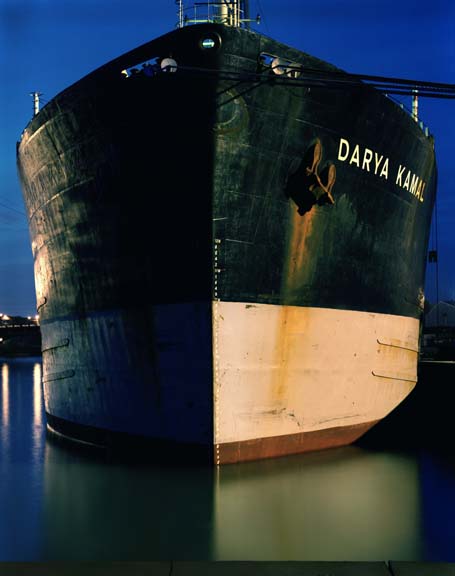
Michelle Keim, MV Darya Kamal Bow, 1998
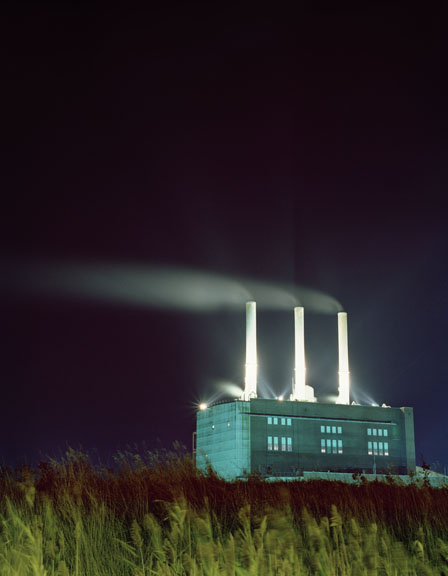
Michelle Keim, Power Station, Toledo, 1993
Photographs from METROSPHERE:
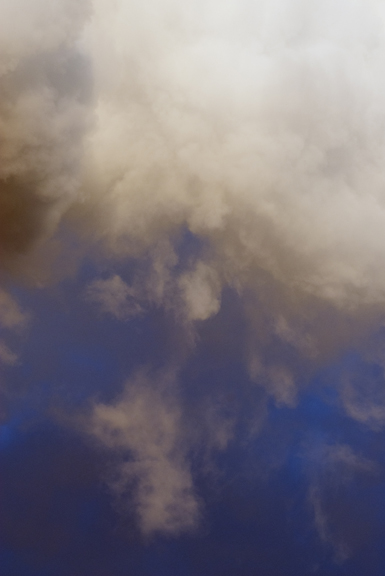
Michelle Keim, METROSPHERE, k.3.46, 2010
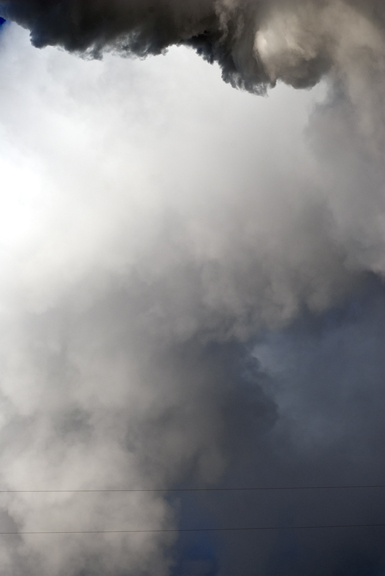
Michelle Keim, METROSPHERE, k.2.0015, 2010
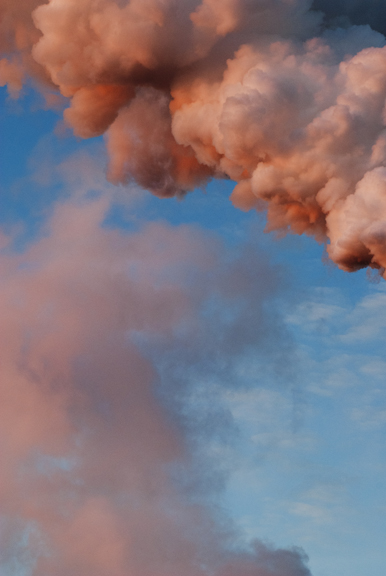
Michelle Keim, METROSPHERE, k.5.102, 2013
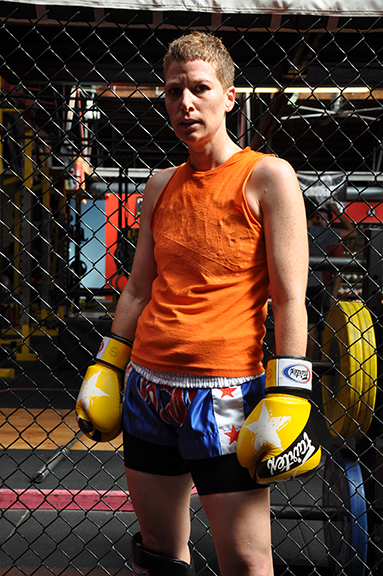
Michelle Keim, photographer, Chicago, 2015
Interview and portrait by Chester Alamo-Costello


